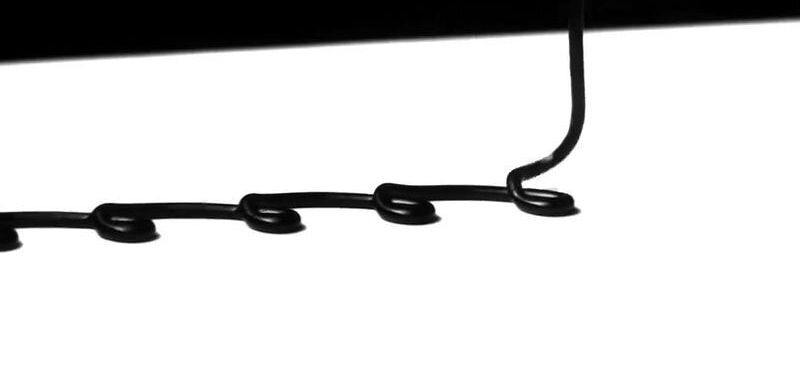The celebrated painter Jackson Pollock created his most iconic works not with a brush, but by pouring paint onto the canvas from above, weaving sinuous filaments of color into abstract masterpieces. A team of researchers analyzing the physics of Pollock’s technique has shown that the artist had a keen understanding of a classic phenomenon in fluid dynamics—whether he was aware of it or not.
In a paper published in the journal PLOS ONE, the researchers show that Pollock’s technique seems to intentionally avoid what’s known as coiling instability—the tendency of a viscous fluid to form curls and coils when poured on a surface.
“Like most painters, Jackson Pollock went through a long process of experimentation in order to perfect his technique,” said Roberto Zenit, a professor in Brown’s School of Engineering and senior author on the paper. “What we were trying to do with this research is figure out what conclusions Pollock reached in order to execute his paintings the way he wanted. Our main finding in this paper was that Pollock’s movements and the properties of his paints were such he avoided this coiling instability.”
